PTFE bushings are components made from polytetrafluoroethylene (PTFE), a synthetic fluoropolymer of tetrafluoroethylene. Known for its unique properties, PTFE is commonly used in various industrial applications, particularly in the creation of bushings or bearings. These bushings are utilized to reduce friction and wear between moving parts in machines, engines, or equipment.
Properties of PTFE
PTFE bushings are highly valued for their exceptional chemical resistance, high temperature tolerance, and low friction properties. The material is non-stick, allowing it to operate effectively in environments where traditional lubricants would fail. PTFE can withstand a wide range of temperatures, from as low as -200°C to as high as 260°C, making it suitable for many harsh industrial conditions.
Advantages of PTFE Bushings
The primary advantage of PTFE bushings is their ability to significantly reduce wear and tear on moving parts. Their low coefficient of friction ensures smoother operation, minimizing the need for additional lubrication. They also provide resistance to corrosion, reducing the likelihood of damage caused by chemicals or environmental factors. PTFE bushings are also lightweight, enhancing the overall performance of the equipment they are used in.
Applications of PTFE Bushings
PTFE bushings are used in numerous industries, including automotive, aerospace, and manufacturing. They are commonly found in applications where lubrication is difficult, such as in engines, conveyor systems, and industrial machinery. Their ability to reduce friction and withstand extreme conditions makes them essential in maintaining the longevity and efficiency of various mechanical systems.
Conclusion
In summary, PTFE bushings are essential components known for their durability, low friction, and resistance to harsh environments. Their versatility makes them an ideal choice for a wide range of applications.

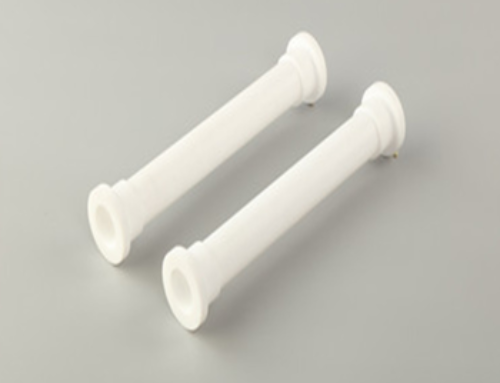
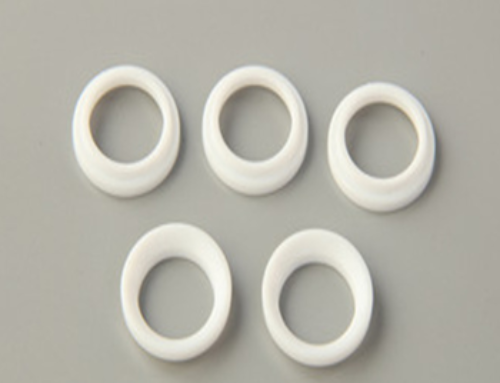
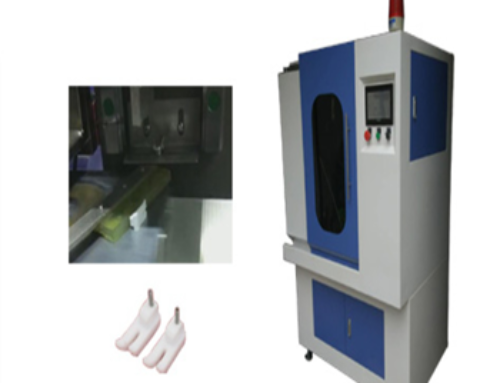
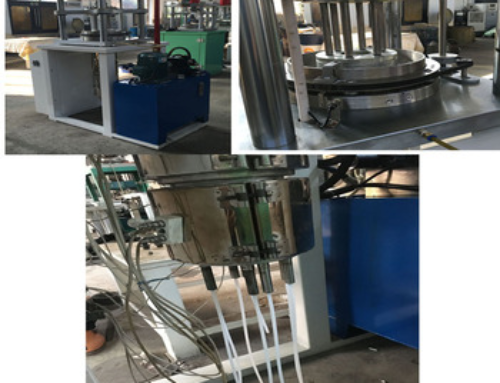
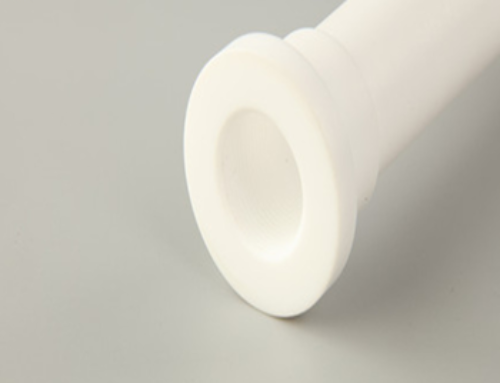

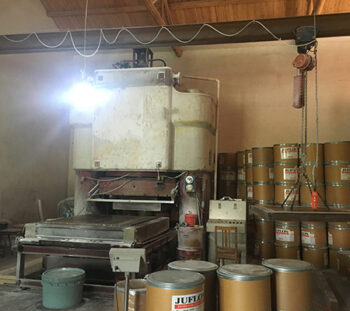
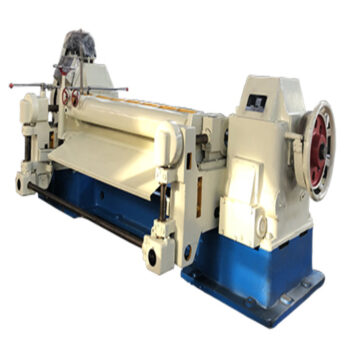
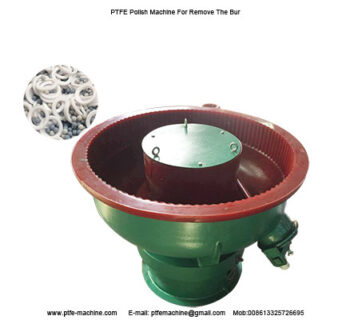
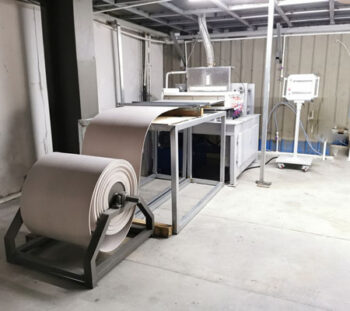
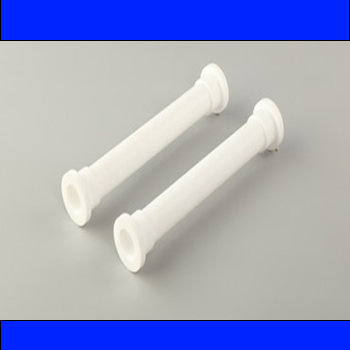

Leave A Comment
You must be logged in to post a comment.